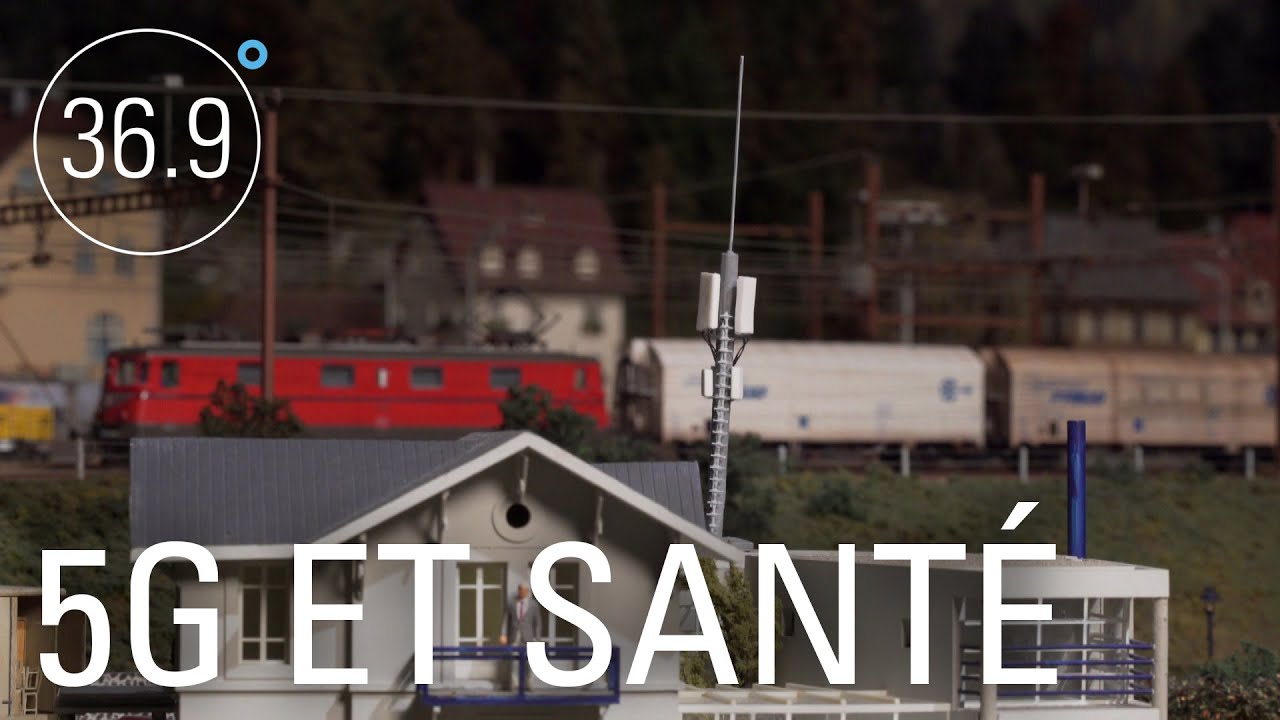5g cell towers are brand new type of antenna that's being utilized by wireless companies to offer internet-based services. They are more powerful than 4g towers and are more dense.
Cities are increasingly worried that these towers could harm their residents. These concerns include health, privacy and aesthetic issues.
They're Bigger
With 5G, the speed that radio waves travel through is higher than 4G- which means it needs more towers to transmit information. This can increase the amount of radiation that can be emitted into the environment.
This is a big concern for HOA communities and real estate investors, and those worried about negative health effects. They worry that adding more 5G towers could lower property values and negatively impact the health of the public.
The only way to fix this issue is to alter the way we communicate by using WiFi instead of the traditional cellular networks. faraday hat 's not going to occur overnight but it will eventually happen.

But how can faraday hat be achieved? How can we improve the security of our cell towers? The answer lies in the technology inside of a cell tower called small cells.
They're More Expensive
If you're living in the city, you've likely noticed large towers of cellular equipment that are atop masts and buildings. These are cell towers with 4G and are used to offer wireless networks to the surrounding regions.
They're typically between 50 and 200 feet high, and are constructed to blend into the surroundings to minimize their aesthetic impact. As opposed to 4G, 5G technology requires a greater density of tower coverage to cover a wider area.
Those dense cell sites can be difficult to maintain because they need to be constantly in operation and delivering speedy speeds. In the end, they're more expensive than other types of towers.
But if you're a tower owner or mobile network operator, it's logical to upgrade your towers to 5G to take advantage of the new technologies that are coming to market. Adding these newer technologies to existing websites will increase the site's capabilities and ultimately result in more income for you.
They're more dangerous
What Makes 5g Towers Bad
One of the most significant concerns about 5G towers is that they emit more radiofrequency radiation than other towers. This is due to the fact that they have to be placed in a more dense manner over a large area to ensure coverage.
The RF waves given off by cell phone towers don't contain enough energy to harm DNA directly or to heat body tissues, but they can destroy chemical bonds within DNA, which can harm cells and lead to cancer.
This makes people worried about the possibility that living close to 5G towers could result in negative health effects.
faraday hat 's because the 5g towers tend be placed close to homes and schools which can emit radiofrequency waves continuously. This means they'll be closer to you than ever before, and it's more likely that radiation from them is absorbed by your body.
They're Not Necessary
5G networks use an entirely new portion of the radio spectrum that can transmit data. They are known as millimeter wave. They're shorter than traditional radio waves at less than 1 to 10 millimeters in length. They have a higher frequency and are able to transmit more power.
To provide the high-speed speeds and low latency that 5G promises, it's necessary to have a huge number of towers. This means a lot of cell masts to provide coverage to cities, roads, business districts, colleges, and even farms.
There are alternative ways to deliver high-speed internet in densely populated areas. One option is to build tiny cell sites which are distributed in a dense manner to fill in gaps in coverage.
The biggest issue is where these tiny cells will be placed and the impact they'll have on residents. Local government and residents are working to determine ways to block these structures or stop them from happening in their communities.
